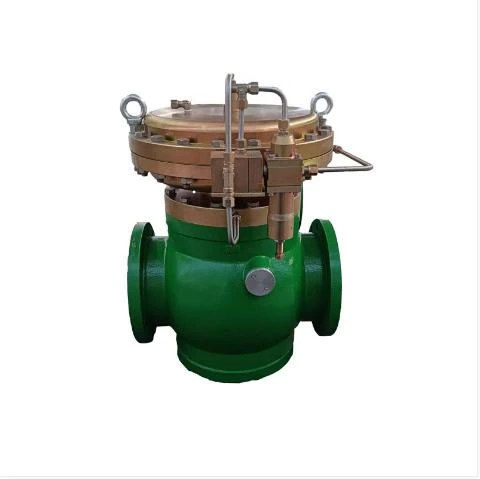
Nov . 06, 2024 09:26
Back to list
Precision Voltage Regulator Design and Optimization Techniques
Understanding the Precision Voltage Regulator
In modern electronics, voltage regulation is a crucial aspect of ensuring the reliability and efficiency of electronic devices. Among various types of voltage regulators, precision voltage regulators stand out due to their ability to maintain a stable output voltage despite variations in input voltage and load conditions. This article explores the significance, operation, and applications of precision voltage regulators in various fields.
What is a Precision Voltage Regulator?
A precision voltage regulator is a device designed to provide a stable output voltage with minimal variation, even when faced with changes in input voltage or load currents. Unlike standard voltage regulators that may allow for a considerable output voltage deviation, precision regulators are engineered to keep their output voltage within a very tight tolerance. These regulators often have low temperature coefficients and excellent line and load regulation capabilities, making them ideal for sensitive electronic applications.
Key Characteristics of Precision Voltage Regulators
1. Accuracy Precision voltage regulators maintain high accuracy in output voltage, typically within 0.1% to 1% of the set voltage. This level of accuracy is essential in applications where even slight voltage variations can lead to malfunction.
2. Temperature Stability One of the hallmarks of precision voltage regulators is their temperature stability. As temperature changes, the voltage output remains consistent, which is crucial for applications that operate in varying thermal environments.
3. Low Noise Precision voltage regulators exhibit low noise levels, making them suitable for analog circuits and applications requiring clean power supply, such as audio and medical devices.
4. Low Dropout Voltage Many precision voltage regulators feature low dropout voltage (LDO), allowing them to operate effectively with minimal difference between the input and output voltage. This characteristic is advantageous in battery-operated devices where maximizing battery life is essential.
.
There are primarily two types of precision voltage regulators linear voltage regulators and switching voltage regulators.
منظم الجهد الدقيق

- Linear Voltage Regulators These regulators operate by dropping excess voltage, providing a simple and cost-effective solution for precision voltage regulation. They are known for their low noise and ease of use, making them suitable for many applications.
- Switching Voltage Regulators Switching regulators, including buck (step-down) and boost (step-up) converters, utilize switching elements to transfer energy more efficiently. While more complex than linear regulators, switching regulators offer higher efficiency, making them suitable for applications where power consumption is a critical factor.
Applications of Precision Voltage Regulators
Precision voltage regulators find use in a wide range of applications across various industries
1. Consumer Electronics They are commonly used in devices such as smartphones, laptops, and tablets to ensure stable performance of sensitive components.
2. Medical Equipment In medical devices where accuracy is critical, precision voltage regulators help maintain stable power supplies for sensors and displays.
3. Industrial Automation Precision voltage regulation is vital in control systems and automation equipment, ensuring reliable operation in industrial environments.
4. Telecommunications With the increasing demand for reliable communication networks, precision voltage regulators are employed in telecom equipment to support consistent performance.
5. Automotive As vehicles become more electronic, precision voltage regulators are used in automotive electronics for stable power delivery to infotainment systems, sensors, and controls.
Conclusion
Precision voltage regulators play an indispensable role in the performance and reliability of modern electronic systems. Their ability to deliver consistent output voltage in the face of varying conditions ensures that electronic devices function optimally, thus enhancing user experience and safety. As technology continues to advance, the importance of precision voltage regulation is expected to grow, influencing the design and development of next-generation electronic applications.
Latest news
-
Safety Valve Spring-Loaded Design Overpressure ProtectionNewsJul.25,2025
-
Precision Voltage Regulator AC5 Accuracy Grade PerformanceNewsJul.25,2025
-
Natural Gas Pressure Regulating Skid Industrial Pipeline ApplicationsNewsJul.25,2025
-
Natural Gas Filter Stainless Steel Mesh Element DesignNewsJul.25,2025
-
Gas Pressure Regulator Valve Direct-Acting Spring-Loaded DesignNewsJul.25,2025
-
Decompression Equipment Multi-Stage Heat Exchange System DesignNewsJul.25,2025

